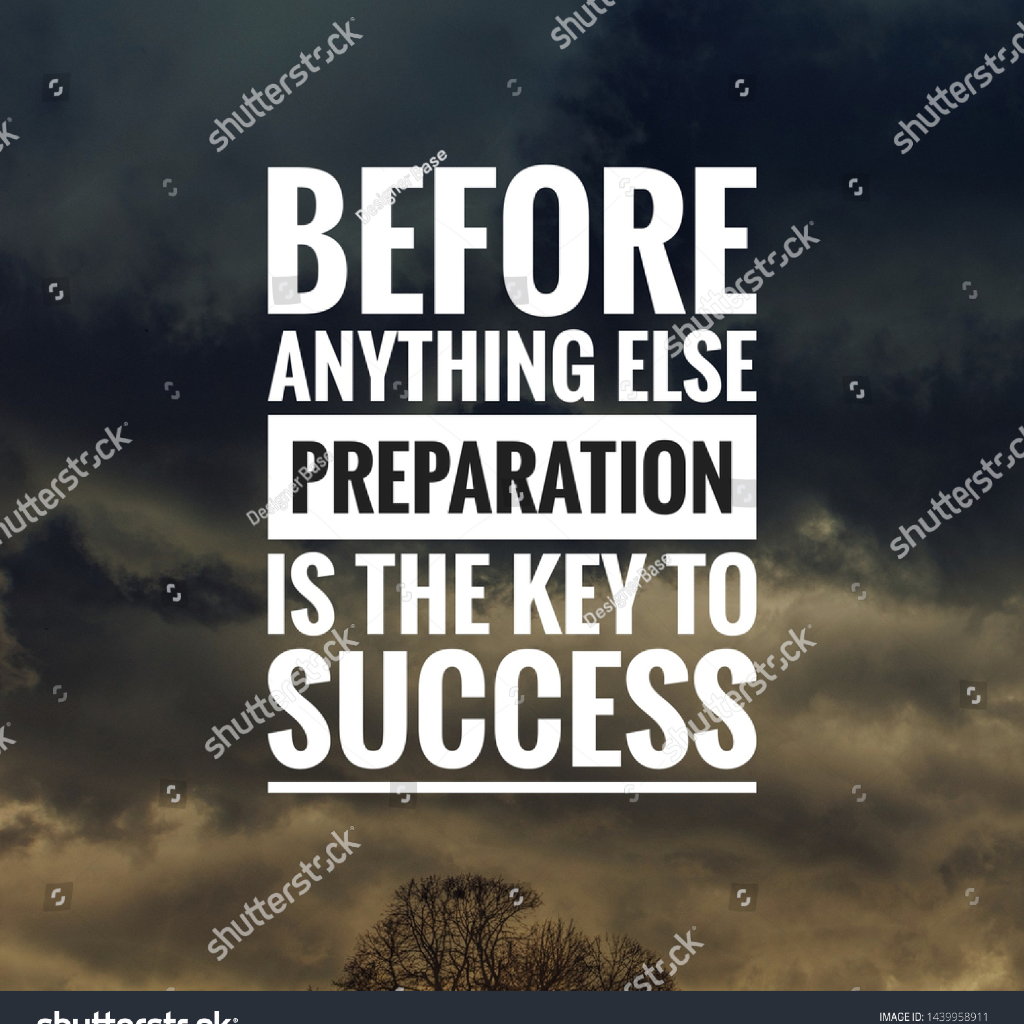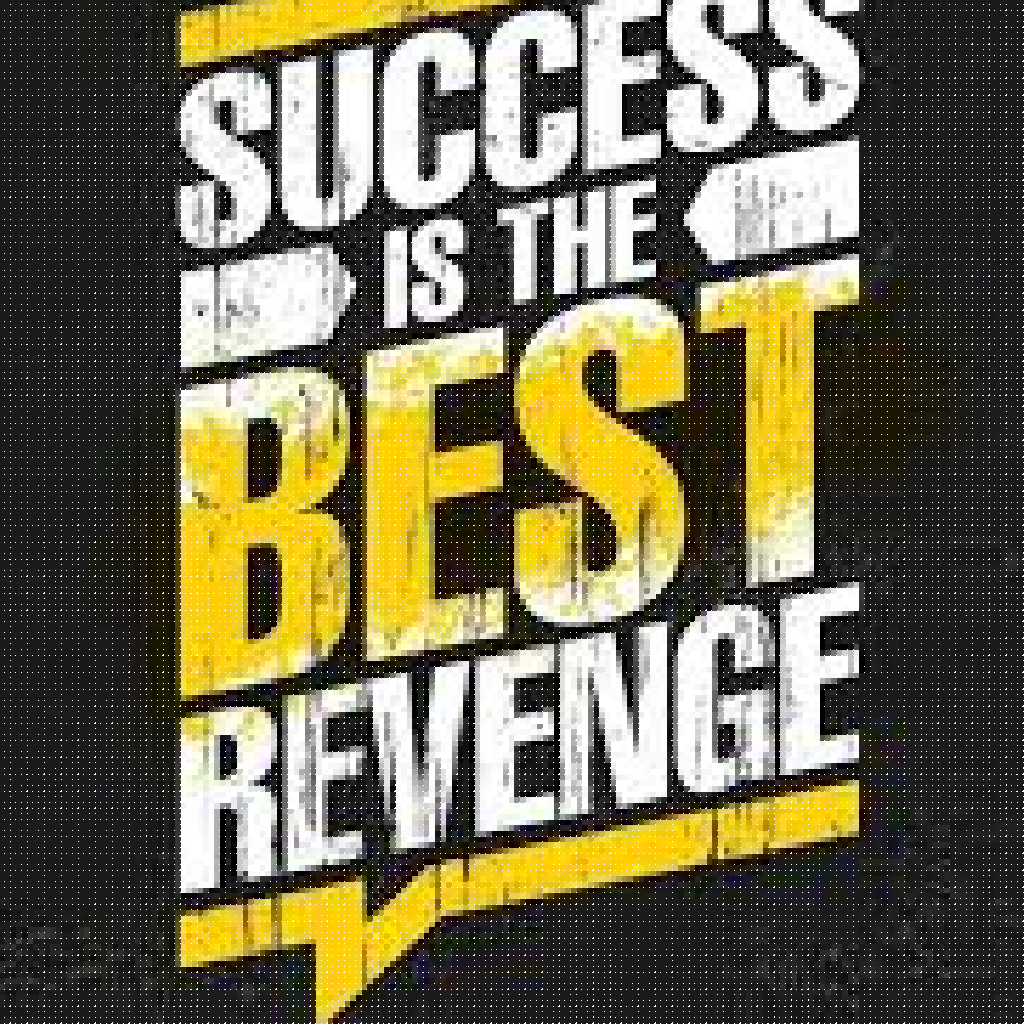Managing customer relationships is critical for your company’s customer retention and loyalty. There are many ways to do so, but the best method depends on your business and its offering(s).
What are Customer Relations?
Companies must invest resources into building and maintaining customer relationships. Studies show that 79% of consumers care more about personal service than personalized marketing. So, it is essential to create consistently positive customer experiences.
 Customer relations refers to the methods a business uses to engage with its prospects and customers and improve its customer experience. Examples of customer relations include:
Customer relations refers to the methods a business uses to engage with its prospects and customers and improve its customer experience. Examples of customer relations include:
- Providing answers to short-term issues
- Creating long-term solutions geared toward customer success
While all areas of your company are involved in customer relations, the customer service area is most closely related. There are reactive and proactive functions associated with good customer relations management.
Reactive functions address issues that customers report, such as complaints. In addition, proactive operations establish long-term customer relationships through brand loyalty, discounts, and special offers.
While customer service is part of customer relations, the two are not the same thing. For instance, customer service is typically an inbound action taken in response to customer actions.
Customer relations involves inbound and outbound functions, such as reacting to customer requests and taking measures to improve future experiences, like setting up a help desk to answer incoming calls.
Therefore, customer relations management is essential because it can:
- Help build a bond between your company and its customers
- Increase future purchases by the same customers
- Build brand loyalty
- Encourage customers to recommend your company to others
Types of Customer Relationships
 There are different ways to forge relationships with your customers. These can include the following:
There are different ways to forge relationships with your customers. These can include the following:
- Transactional – This is a hands-off relationship where customers interact with a kiosk or other non-personalized method.
- Self-service – Customers do not interact directly with the business when using self-service. But the company provides the proper tools. An example of this is gas pumps at a gas station.
- Automated services – Companies may provide automated services to support the customer, such as when hotels keep a profile on their customers’ preferences in their database.
- Long-term – With long-term customer relationships, the company repeatedly interacts with its clients over a long period.
- Personal assistance – This entails customers interacting with the company via phone, email, and other forms of direct communication.
- Dedicated personal assistance – Companies may assign a dedicated representative to work with customers, so they know the clients’ specific wants and needs.
- Community – A company could also set up a community, such as an online forum, where they can share and discuss their issues and potential solutions.
- Co-creation – Companies may work with customers to co-create value. For instance, an online retailer may invite customers to create favorite book lists so it can notify them when certain publications are released.
Does Your Company Have a Successful Customer Relations Strategy?
Customer relations are crucial for your company’s success. If you don’t have a strategy or if your methods need updating, you could work with a customer relationship specialist to make the necessary updates.






